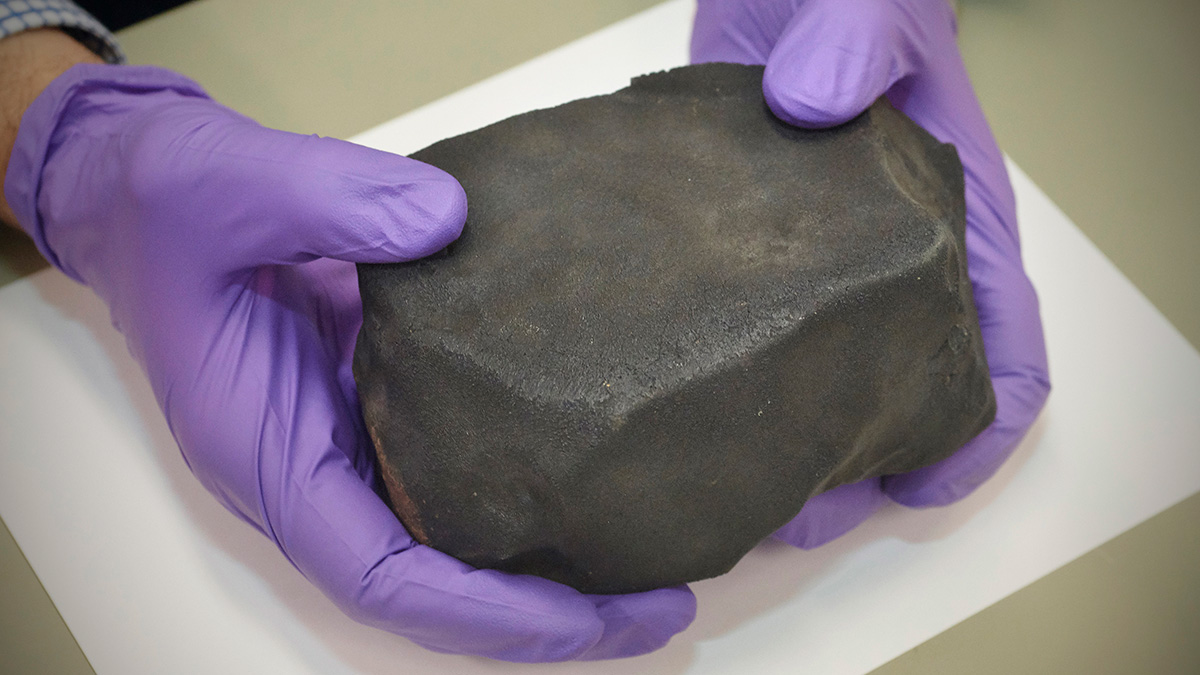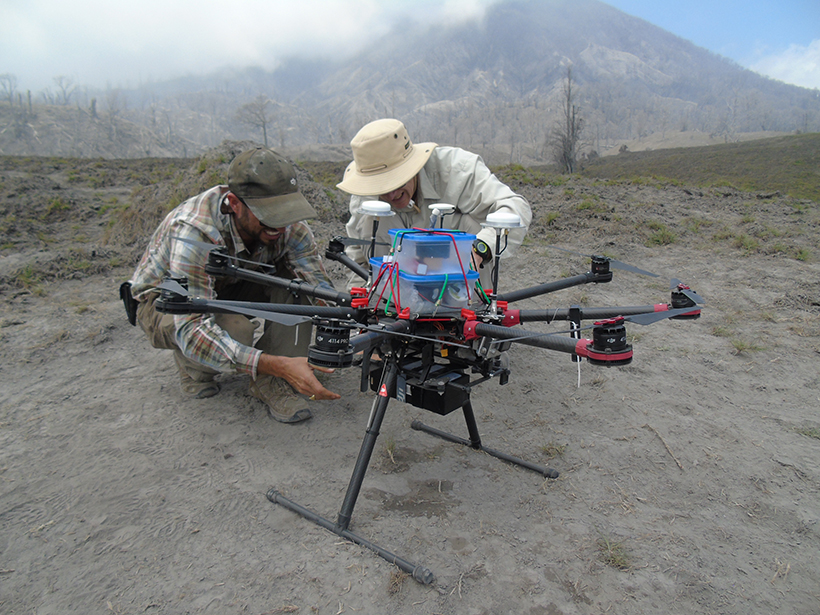Scientists found flurries of seismic activity within weak fault zones in Costa Rica after two giant ruptures elsewhere.
Costa Rica
Los primeros eventos de deslizamiento lento observados en el sur de Costa Rica
Cinco eventos observados en la Península de Osa revelan nueva información sobre el papel que estos pequeños y lentos terremotos pueden desempeñar en la acumulación de tensión y riesgos de tsunami a lo largo de las zonas de subducción.
The First Slow-Slip Events Seen off Southern Costa Rica
Five events observed off the Osa Peninsula shed new light on the role that these small, slow earthquakes can play in strain accumulation and tsunami hazards along subduction zones.
Tiny “Pancakes” Suggest Some Asteroids May Stay Active
Analysis of a meteorite that fell in Costa Rica shows that its parent body may resemble the asteroid Bennu.
Drop in Rain Forest Productivity Could Speed Future Climate Change
As temperatures rise, tropical forests will become more stressed and photosynthesize less.
Drones Swoop in to Measure Gas Belched from Volcanoes
A team of volcanologists, chemists, physicists, and engineers from around the world test novel techniques at Central America’s two largest degassing volcanoes.
Scientists Discover an Environment on the Cusp of Habitability
A volcanically heated Costa Rican lake hosts only one type of organism, suggesting that its Mars-like environment is just barely capable of supporting life.







